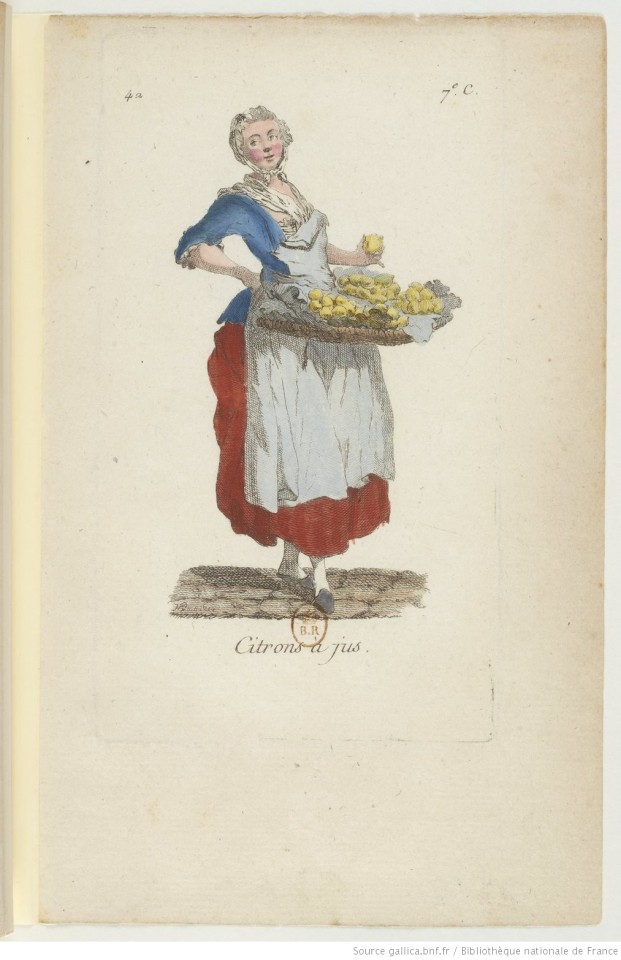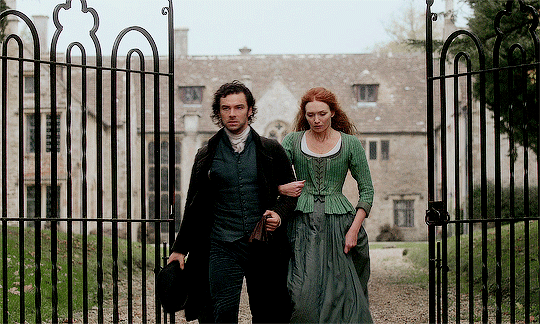Photo

The Count of Monte Cristo (2002)
140 notes
·
View notes
Photo
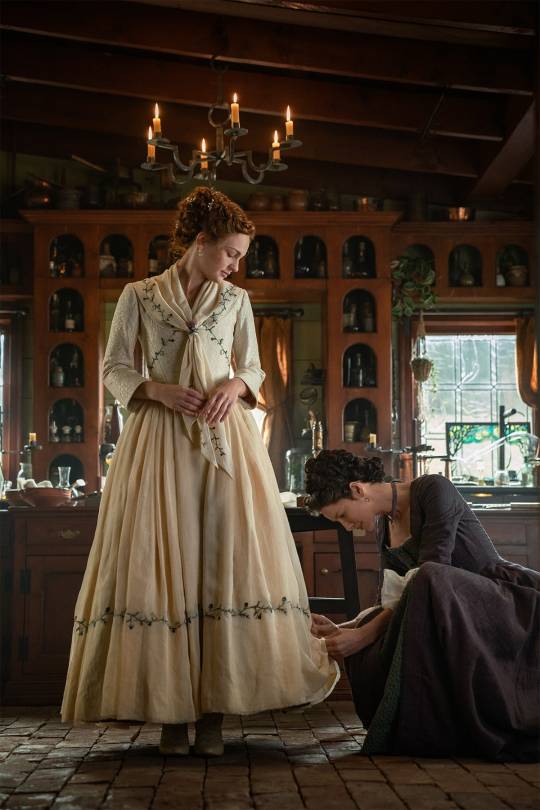

Outlander season 5, episode 1: The Fiery Cross
140 notes
·
View notes
Photo
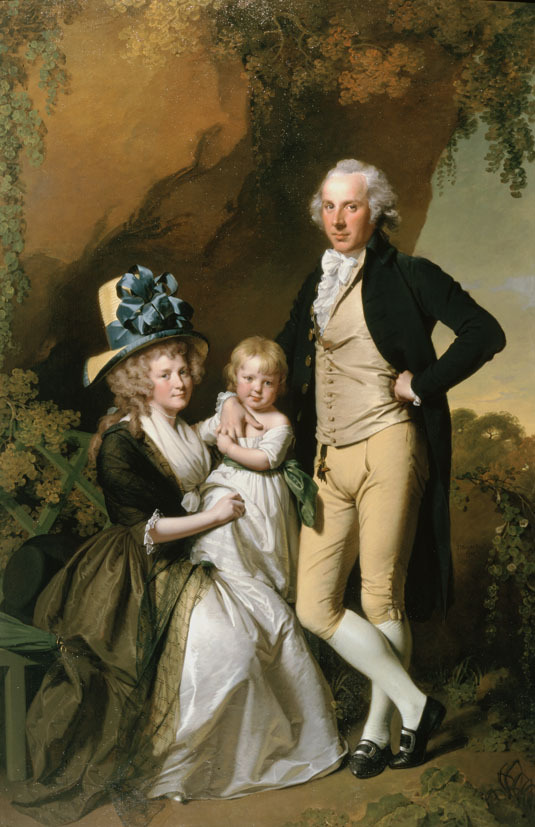
Portrait of Richard Arkwright Junior with his Wife Mary and Daughter Anne, 1790, Joseph Wright
Medium: oil,canvas
https://www.wikiart.org/en/joseph-wright/portrait-of-richard-arkwright-junior-with-his-wife-mary-and-daughter-anne
108 notes
·
View notes
Photo

GAINSBOROUGH, Thomas
Study of a Lady
c. 1785
Black chalk and stump heightened with white, 485 x 312 mm
Private collection
1K notes
·
View notes
Photo



“ Ye might’ve picked more had ye not wasted time talkin’ to I.. ”
752 notes
·
View notes
Photo
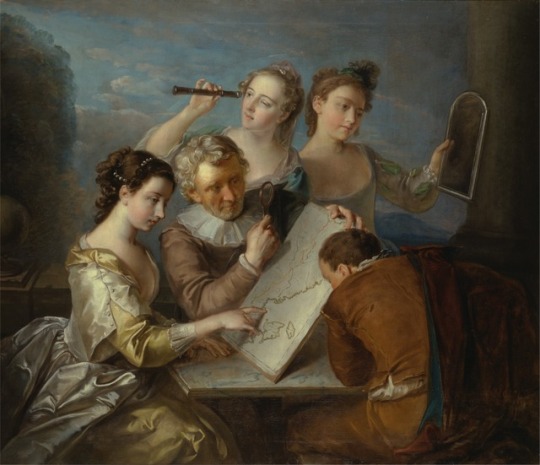


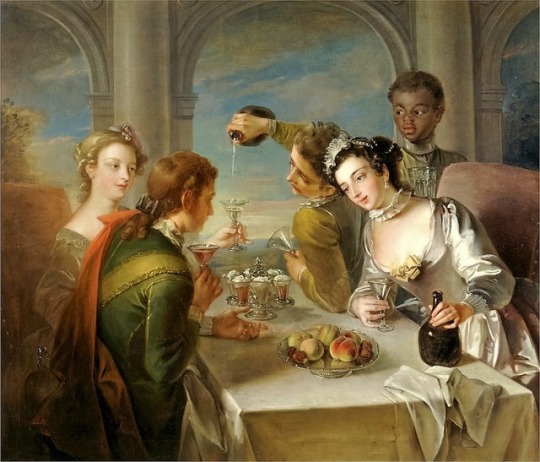
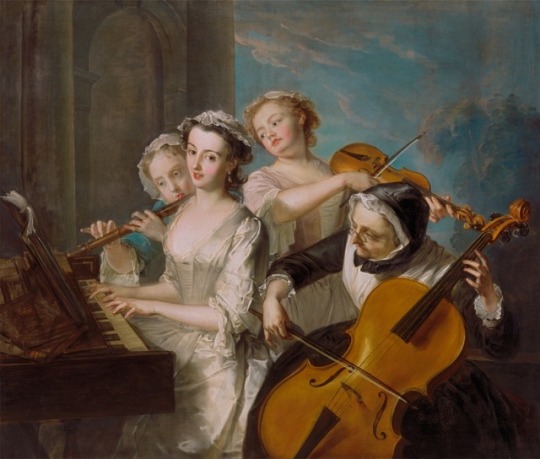
Philippe Mercier (Franco-German but active in London: 1689-1760) The Senses
262 notes
·
View notes
Photo

Girl Building a House of Cards by Thomas Frye, European Paintings
Marquand Collection, Gift of Henry G. Marquand, 1890 Metropolitan Museum of Art, New York, NY
Medium: Oil on canvas
http://www.metmuseum.org/art/collection/search/436821
44 notes
·
View notes
Text
Institutionalized racism
It’s taken us too long to post this on Tumblr, we’re sorry. We’ve compiled a syllabus that is free to all that addresses institutionalized racism and how it’s caused historic, pointed harm at the Black community in the U.S. Understanding history is key to understanding the present, and in order to make real changes, we need to fully understand the racist history of the U.S. Black Lives Matter.
Find it here: https://daily.jstor.org/institutionalized-racism-a-syllabus/
17K notes
·
View notes
Text
I thought I would share some portraits/info about notable black men and women who worked and lived in Georgian Britain. This is not an extensive list by any means, and for some figures, portraits are unavailable:
1. Olaudah Equiano (1745-1797) was a writer, abolitionist and former slave. Born into what would become southern Nigeria, he was initially sold into slavery and taken to the Caribbean as a child, but would be sold at least twice more before he bought his freedom in 1766. He decided to settle in London and became involved in the British abolitionist movement in the 1780s. His first-hand account of the horrors of slavery 'The Interesting Narrative of the Life of Olaudah Equiano' was published in 1789 and it really drove home the horrors of slavery to the general British public. He also worked tirelessly to support freed slaves like himself who experienced racism and inequality living in Britain's cities. He was a leading member of the Sons of Africa, an abolitionist group, whose members were primarily freed black men (the Sons of Africa has been called the first black political organisation in British history). He married an English woman, Susannah, and when he died in 1797, he left his fortune of roughly £73,000 to his daughter, Joanna. Equiano's World is a great online resource for those interested in his life, his work, and his writings.

2. Ignatius Sancho (1729-1780) was a bit of a jack-of-all-trades (he's described as an actor, composer, writer, abolitionist, man-of-letters, and socialite - truly the perfect 18th century gentleman). He was born in the Middle Passage on a slave ship. His mother died not long after they arrived in Venezuela and his father apparently took his own life rather than become a slave. Sancho's owner gave the boy to three sisters living in London c. 1730s (presumably as a sort of pet/servant) but whilst living with them, his wit and intellect impressed the 2nd Duke of Montagu who decided to finance his education. This was the start of Sancho's literary and intellectual career and his association with the elite of London society saw him ascend. He struck up a correspondence with the writer, Laurence Sterne, in the 1760s: Sancho wrote to press Sterne to throw his intellecrual weight behind the cause of abolition. He became active in the early British abolitionist movement and be counted many well-known Georgians amongst his acquaintance. He was also the first black man known to have voted in a British election. He married a West Indian woman and in 1774, opened a grocer's shop in London, that attempted to sell goods that were not produced by slave labour. Despite his popularity in Georgian society, he still recounts many instances of racist abuse he faced on the streets of London in his diaries. He reflected that, although Britain was undoubtedly his home and he had done a lot for the country, he was 'only a lodger and hardly that' in London. His letters, which include discussions of domestic subjects as well as political issues, can be read here.

3. Francis 'Frank' Barber (1742-1801) was born a slave on a sugar plantation in Jamaica. His owner, Richard Bathurst, brought Frank to England when Frank turned 15 and decided to send him to school. The Bathursts knew the writer, Samuel Johnson, and this is how Barber and the famous writer first met (Barber briefly worked as Johnson's valet and found him an outspoken opponent of the slave trade). Richard Bathurst gave Frank his freedom when he died and Frank immediately signed up for the navy (where he apparently developed a taste for smoking pipes). In 1760, he returned permanently to England and decided to work as Samuel Johnson's servant. Johnson paid for Frank to have an expensive education and this meant Frank was able to help Johnson revise his most famous work, 'Dictionary of the English Language.' When Johnson died in 1784, he made Frank his residual heir, bequeathing him around £9000 a year (for which Johnson was criticised in the press - it was thought to be far too much), an expensive gold watch, and most of Johnson's books and papers. Johnson also encouraged Frank to move to Lichfield (where Johnson had been born) after he died: Frank duly did this and opened a draper's shop and a school with his new wife. There, he spent his time 'in fishing, cultivating a few potatoes, and a little reading' until his death in 1801. His descendants still live at a farm in Litchfield today. A biography of Frank can be purchased here. Moreover, here is a plaque erected on the railings outside of Samuel Johnson's house in Gough Square, London, to commemorate Johnson and Barber's friendship.

4. Dido Elizabeth Belle (1764-1801) was born to Maria Belle, a slave living in the West Indies. Her father was Sir John Lindsay, an English naval officer. After Dido's mother's death, Sir John took Dido to England and left her in the care of his uncle, Lord Mansfield. Dido was raised by Lord Mansfield and his wife alongside her cousin, Elizabeth Murray (the two became as close as sisters) and was, more or less, a member of the family. Mansfield was unfortunately criticised for the care and love he evidently felt for his niece - she was educated in most of the accomplishments expected of a young lady at the time, and in later life, she would use this education to act as Lord Mansfield's literary assistant. Mansfield was Lord Chief Justice of England during this period and, in 1772, it was he who ruled that slavery had no precedent in common law in England and had never been authorised. This was a significant win for the abolitionists, and was brought about no doubt in part because of Mansfield's closeness with his great-niece. Before Mansfield died in 1793, he reiterated Dido's freedom (and her right to be free) in his will and made her an heiress by leaving her an annuity. Here is a link to purchase Paula Byrne's biography of Dido, as well as a link to the film about her life (starring Gugu Mbatha-Raw as Dido).

5. Ottobah Cugoano (1757-sometime after 1791) was born in present-day Ghana and sold into slavery at the age of thirteen. He worked on a plantation in Grenada until 1772, when he was purchased by a British merchant who took him to England, freed him, and paid for his education. Ottobah was employed as a servant by the artists Maria and Richard Cosway in 1784, and his intellect and charisma appealed to their high-society friends. Along with Olaudah Equiano, Ottobah was one of the leading members of the Sons of Africa and a staunch abolitionist. In 1786, he was able to rescue Henry Devane, a free black man living in London who had been kidnapped with the intention of being returned to slavery in the West Indies. In 1787, Ottobah wrote 'Thoughts And Sentiments On The Evil & Wicked Traffic Of The Slavery & Commerce Of The Human Species,' attacking slavery from a moral and Christian stand-point. It became a key text in the British abolition movement, and Ottobah sent a copy to many of England's most influential people. You can read the text here.
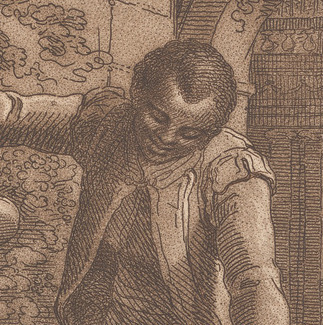
6. Ann Duck (1717-1744) was a sex worker, thief and highwaywoman. Her father, John Duck, was black and a teacher of swordmanship in Cheam, Surrey. He married a white woman, Ann Brough, in London c. 1717. One of Ann's brothers, John, was a crew-member of the ill-fated HMS Wager and was apparently sold into slavery after the ship wrecked off the coast of Chile on account of his race. Ann, meanwhile, would be arrested and brought to trial at least nineteen times over the course of her lifetime for various crimes, including petty theft and highway robbery. She was an established member of the Black Boy Alley Gang in Clerkenwell by 1742, and also quite frequently engaged in sex work. In 1744, she was given a guilty verdict at the Old Bailey after being arrested for a robbery: her trial probably wasn't fair as a man named John Forfar was paid off for assisting in her arrest and punishment. She was hanged at Tyburn in 1744. Some have argued that her race appears to have been irrelevant and she experienced no prejudice, but I am inclined to disagree. You can read the transcript of one of Ann Duck's trials (one that resulted in a Not Guilty verdict) here. Also worth noting that Ann Duck is the inspiration behind the character Violet Cross in the TV show 'Harlots.'
7. Bill Richmond (1763-1829) was a prize winning bare-knuckle boxer of the late 18th and early 19th century. He was born a slave in New York (then part of British America) but moved permanently to England in 1777 where he was most likely freed and received an education. His career as a boxer really took of in the early 19th century, and he took on all the prize fighters of the time, including Tom Cribb and the African American fighter, Tom Molineaux. Richmond was a sporting hero, as well as fashionable in his style and incredibly intelligent, making him something of a celebrity and a pseudo-gentleman in his time. He also opened a boxing academy and gave boxing lessons to gentlemen and aristocrats. He would ultimately settle in York to apprentice as a cabinet-maker. Unfortunately, in Yorkshire, he was subject to a lot of racism and insults based on the fact he had married a white woman. You can watch a Channel 4 documentary on Richmond here: 1, 2, 3, 4, 5
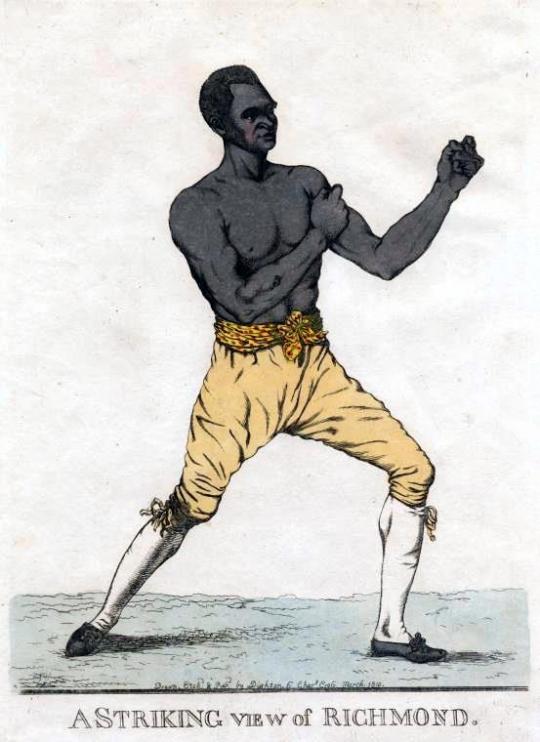
8. William Davidson (1781-1820) was the illegitimate son of the Attorney General of Jamaica and a slave woman. He was sent to Glasgow in Scotland to study law at the age of 14 and from this period until 1819, he moved around Britain and had a number of careers. Following the Peterloo Massacre in 1819, Davidson began to take a serious interest in radical politics, joining several societies in order to read radical and republican texts. He also became a Spencean (radical political group) through his friendship with Arthur Thistlewood and would quickly rise to become a leading member of the group. In 1820, a government provocateur tricked Davidson and other Spenceans, into being drawn into a plot to kill the Earl of Harrowby and other government cabinet officers as they dined at Harrowby's house on the 23rd February. This plot would become known as the Cato Street Conspiracy (named thus because Davidson and the other Spenceans hid in a hayloft in Cato Street whilst they waited to launch their plan). Unfortunately, this was a government set up and eleven men, including Davidson, were arrested and charged with treason. Davidson was one of five of the conspirators to not have his sentence commuted to transportation and was instead sentenced to death. He was hanged and beheaded outside of Newgate Prison in 1820. There is a book about the Cato Street Conspiracy here.

9. Ukawsaw Gronniosaw (1705-1775) was born in the Kingdom of Bornu, now in modern day Nigeria. As the favourite grandson of the king of Zaara, he was a prince. Unfortunately, at the age of 15, he was sold into slavery, passing first to a Dutch captain, then to an American, and then finally to a Calvinist minister named Theodorus Frelinghuysen living in New Jersey. Frelinghuysen educated Gronniosaw and would eventually free him on his deathbed but Gronniosaw later recounted that when he had pleaded with Frelinghuysen to let him return to his family in Bornu, Frelinghuysen refused. Gronniosaw also remembered that he had attempted suicide in his depression. After being freed, Gronniosaw set his sights on travelling to Britain, mainly to meet others who shared his new-found Christian faith. He enlisted in the British army in the West Indies to raise money for his trip, and once he had obtained his discharge, he travelled to England, specifically Portsmouth. For most of his time in England, his financial situation was up and down and he would move from city to city depending on circumstances. He married an English weaver named Betty, and the pair were often helped out financially by Quakers. He began to write his life-story in early 1772 and it would be published later that year (under his adopted anglicised name, James Albert), the first ever work written by an African man to be published in Britain. It was an instant bestseller, no doubt contributing to a rising anti-slavery mood. He is buried in St Oswald's Church, Chester: his grave can still be visited today. His autobiography, A Narrative of the Most Remarkable Particulars in the Life of James Albert Ukawsaw Gronniosaw, an African Prince, as Related by Himself, can be read here.
10. Mary Prince (1788-sometime after 1833) was born into slavery in Bermuda. She was passed between several owners, all of whom very severely mistreated her. Her final owner, John Adams Wood, took Mary to England in 1828, after she requested to be able to travel as the family's servant. Mary knew that it was illegal to transport slaves out of England and thus refused to accompany Adams Wood and his family back to the West Indies. Her main issue, however, was that her husband was still in Antigua: if she returned, she would be back in enslavement, but if she did not, she might never see her husband again. She contacted the Anti-Slavery Society who attempted to help her in any way they could. They found her work (so she could support herself), tried tirelessly to convince Adams Wood to free her, and petitioned parliament to bring her husband to England. Mary successfully remained in England but it is not known whether she was ever reunited with her husband. In 1831, Mary published The History of Mary Prince, an autobiographical account of her experiences as a slave and the first work written by a black woman to be published in England. Unlike other slave narratives, that had been popular and successful in stoking some anti-slavery sentiment, it is believed that Mary's narrative ultimately clinched the goal of convincing the general British population of the necessity of abolishing slavery. Liverpool's Museum of Slavery credits Mary as playing a crucial role in abolition. You can read her narrative here. It is an incredibly powerful read. Mary writes that hearing slavers talk about her and other men and women at a slave market in Bermuda reminded 'felt like cayenne pepper into the fresh wounds of our hearts.'
3K notes
·
View notes
Photo
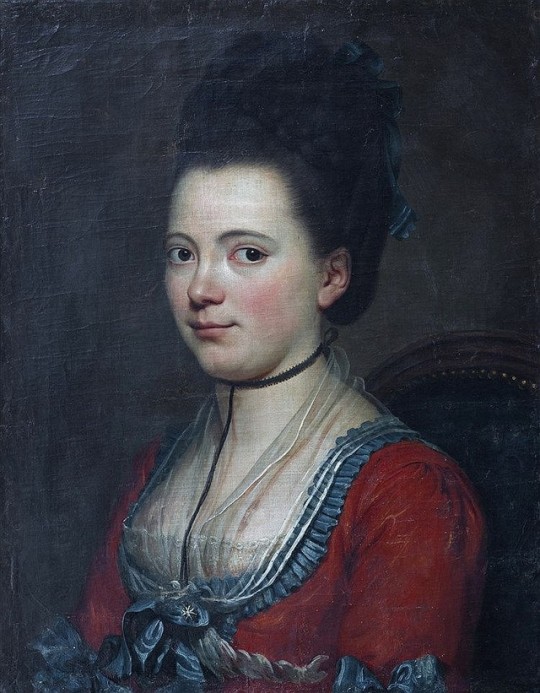
1773 Jean Preud'homme (attr.) - Portrait of a lady
190 notes
·
View notes
Photo


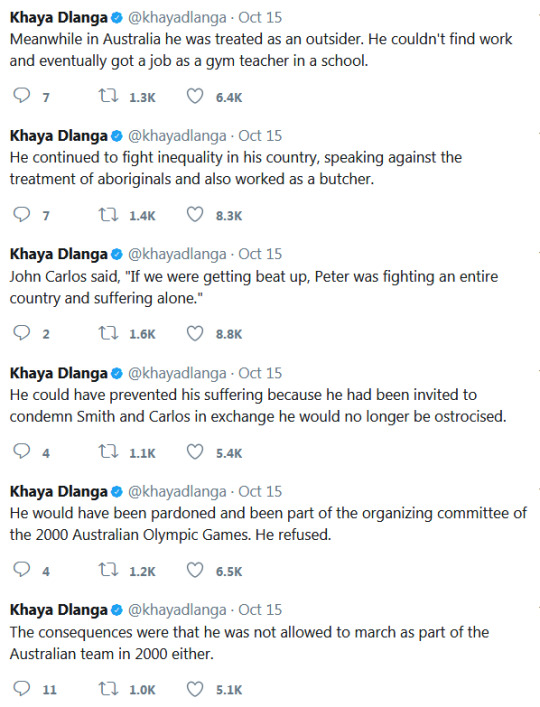




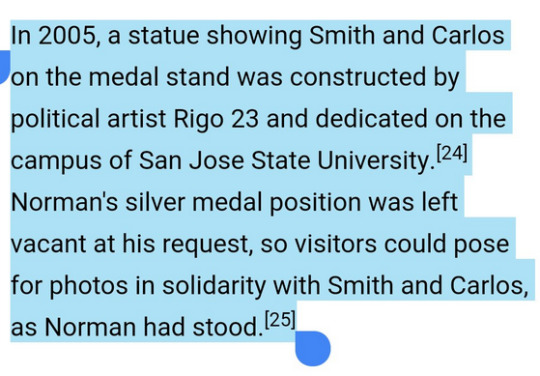



We should be more pro-active or we’ll see more of such sad fates of honest people.
401K notes
·
View notes
Photo
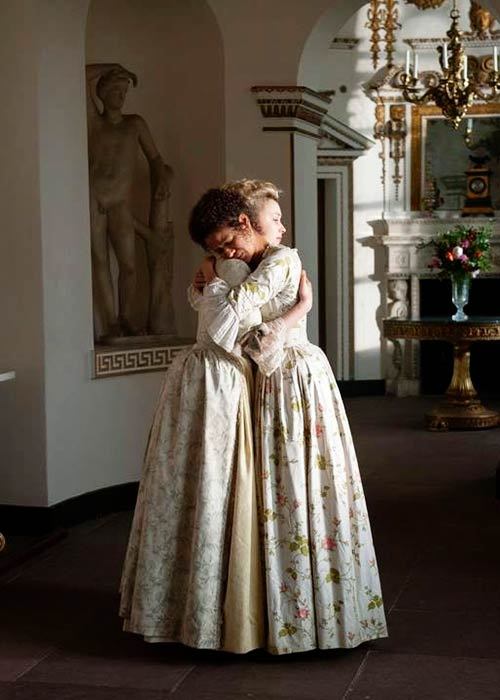
Gugu Mbatha-Raw & Sarah Gadon in ‘Belle’ (2014).
427 notes
·
View notes
Photo
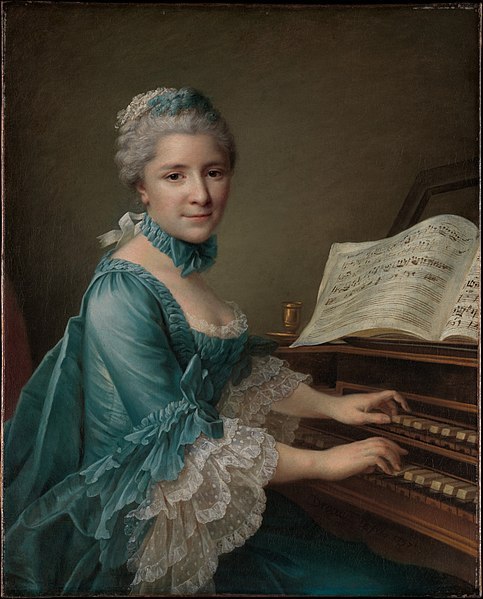
Portrait of a Woman, Said to be Madame Charles Simon Favart ~ François-Hubert Drouais (1756)
#18th century#eighteenth century#rococo#rococo painting#rococo era#georgian era#georgian style#1750s#women's history#Women in music#women's representation#18th century women#18th century woman
67 notes
·
View notes
Photo
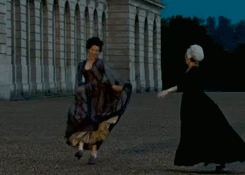
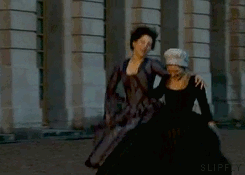
Les adieux à la reine (2012)
141 notes
·
View notes

